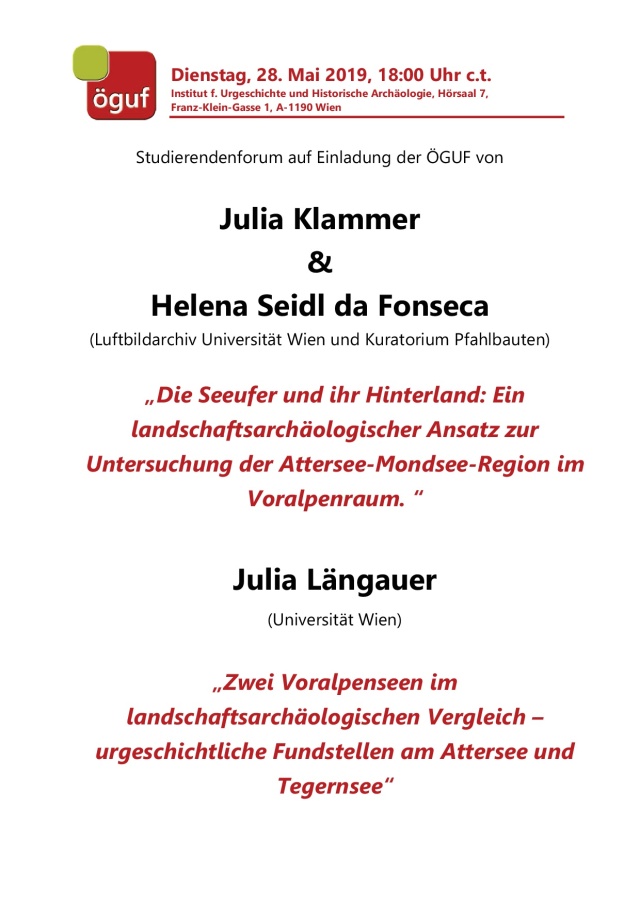
Digital Archaeology in wintry Bern/Swiss
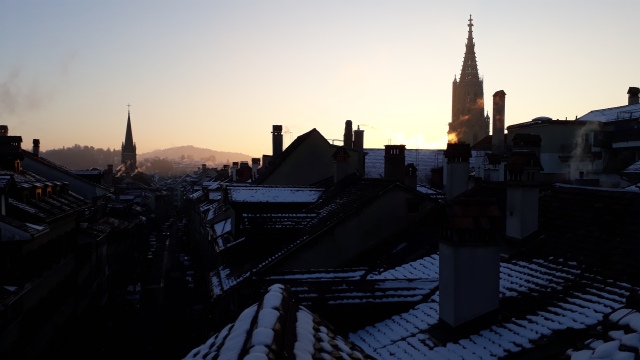
From the 4th February to the 6th February 2019 an international colloquium about quantitative approaches, spatial statistics and socioecological modelling in archaeology, was run in Bern, Switzerland. Held under the motto “Digital Archaeology” scientists from various disciplines and different countries presented their studies and developed integrating debates with inspiring discussions. By the way at the end of the lecture program, ‘integration’ was accepted to be one of the most important application methods for these kind of research activities.

Our project, ‘Beyond Lake Villages’, took also part in the conference. Partners and collaborators from all three countries introduced to their objectives, analyses and results.
Abstract book: DAB2019_abstract_booklet
Presented poster by the Austrian team: Poster_DAB2019_JK_76dpi
Official website: “Digital Archaeology 2019 Bern”
Blog post by Kuratorium Pfahlbauten: Digitale Archäologie – Was ist das?
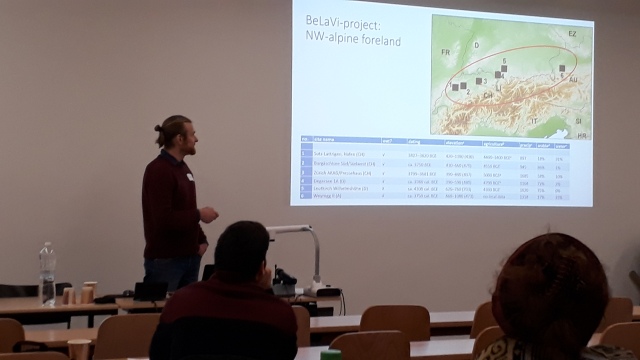
- How many, how far? Quantitative models of Neolithic land use in six wetland sites of the northern
alpine forelands between 4300 and 3700 BC.
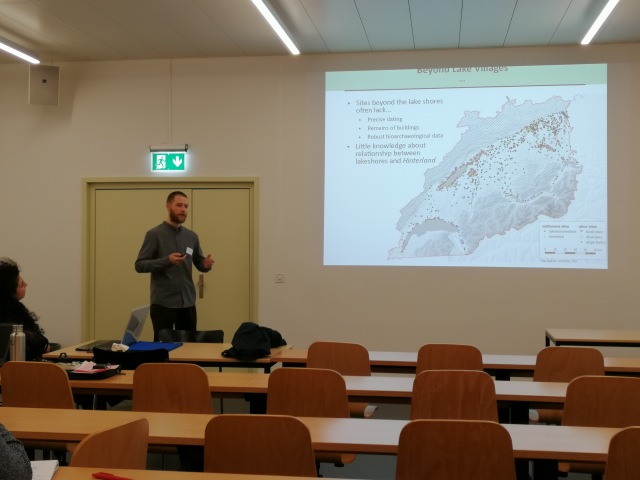
Old Data «—» New Interpretation
Within the frame of the project analog cross section drawings of lacustrine sites have been succesfully edited to gain new data and achieve new insights in spatial and chronological issues.
This work is presented in November at the Visual Heritage Cogress hosted by CHNT 23 2018.
Helena SEIDL DA FONSECA | Julia KLAMMER, Austria: (C)old case (pro)files – A GIS-based 3D evaluation method for documentation of past and modern data.
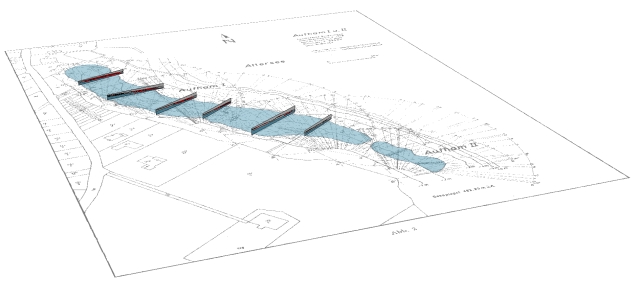
Currently working on…
Viewshed analysis

Kerstin Kowarik, Julia Klammer and Helena Seidl da Fonseca thinking much about visibility, invisibility and the influence on land use.
Open Day at Buchberg excavation
Much public interest during the Open Day!
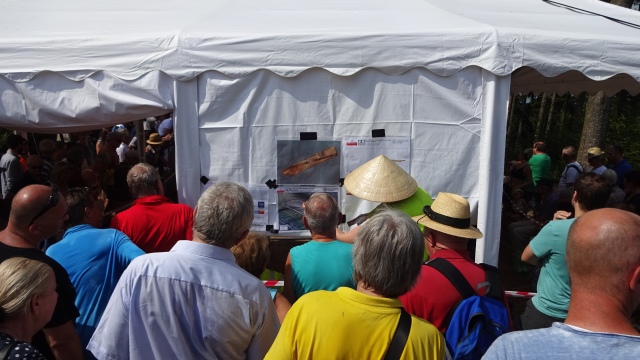
Survey campaign and GIS analysis
Julia Klammer and Helena Seidl da Fonseca blog about their work in the Beyond Lake Villages project, learn more here.
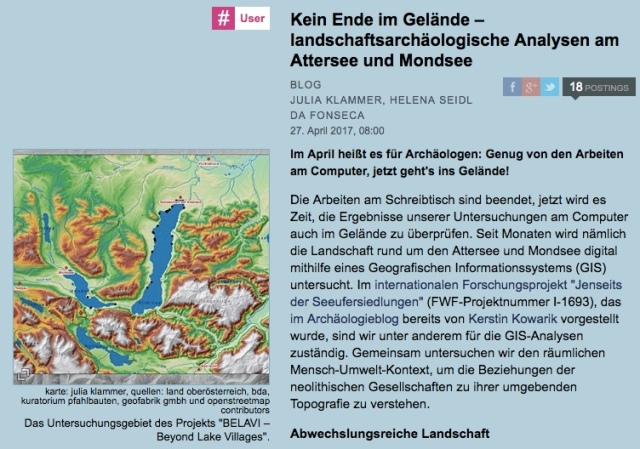
Snowstorms and fortifications
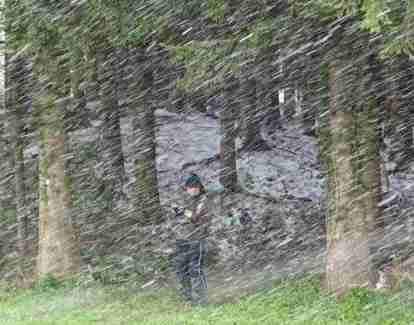
Successful survey campaign around Lake Attersee in April 2017 under somewhat hard weather conditions!
Coring at Lake Mondsee
Coring for lake sediments successful! Many Thanks to the coring team from the Oeschger Center/University of Bern. Lake cores are on their way to Jean Nicolas Haas’ lab at the University of Innsbruck.
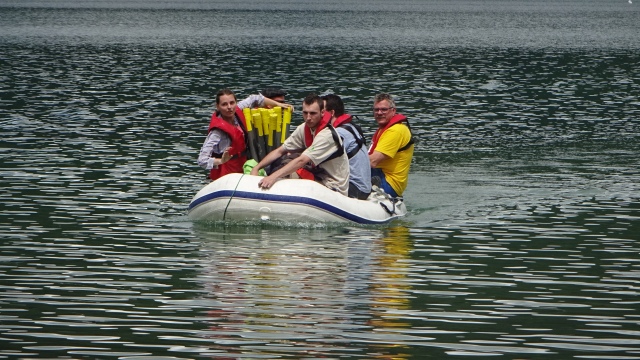
Beautiful Lake Mondsee offered perfect weather conditions for this project.
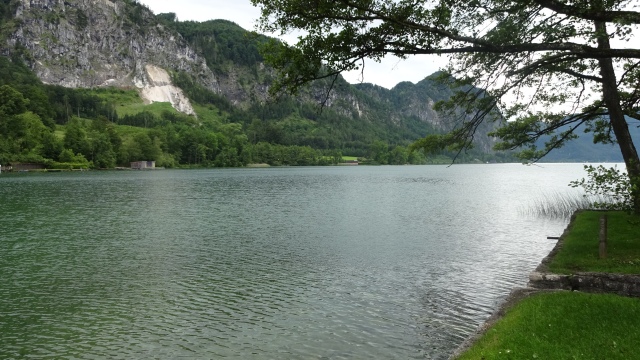
Fotos: Kerstin Kowarik/University of Vienna
Kerstin Kowarik
